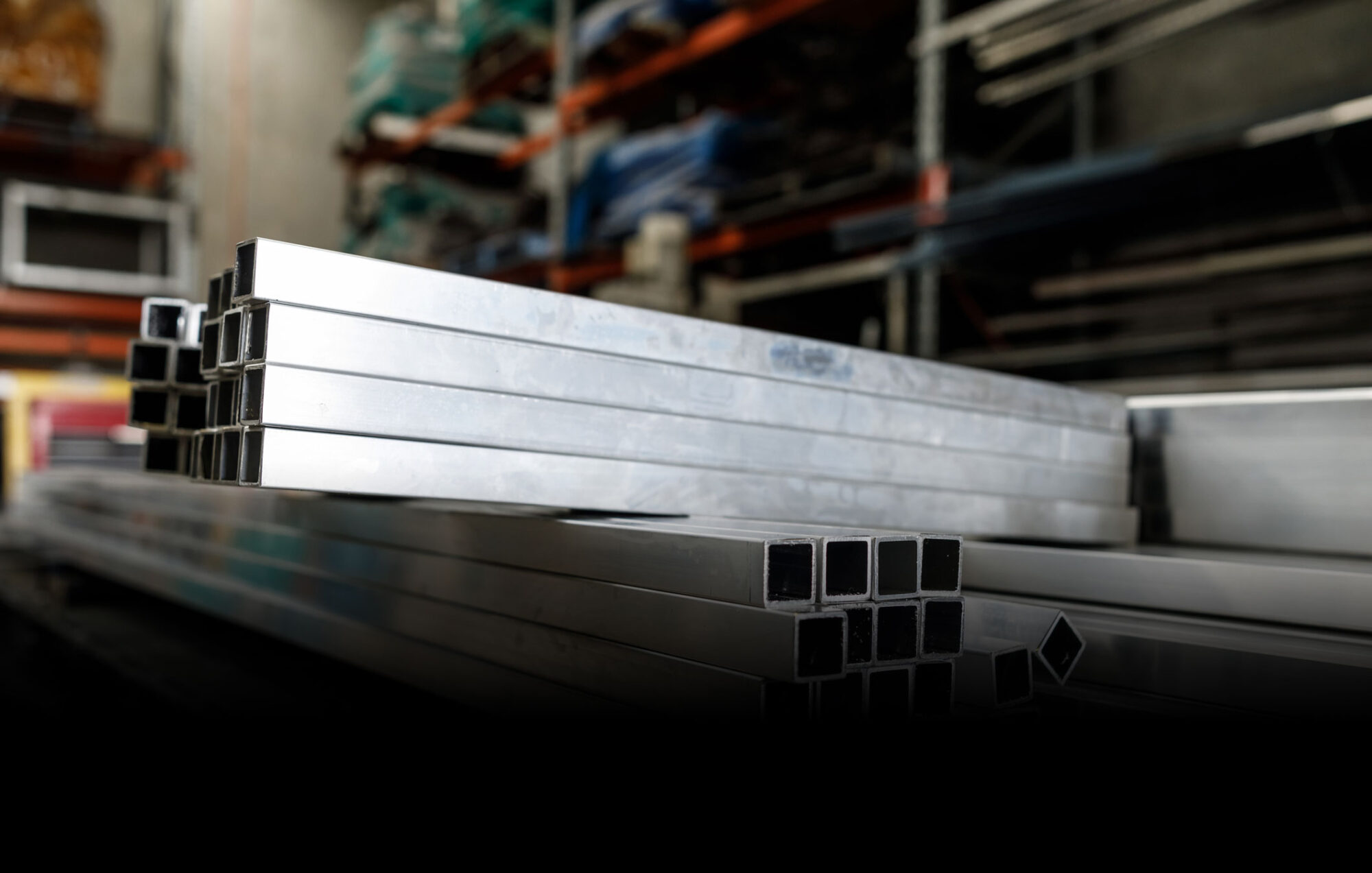It’s not the easiest way to find scrap metal, but scrap metal detecting, with a metal detector can not only be a fun hobby, but can be rewarding financially as well. First things first, a metal detector is needed. Unlike scrapping in bins or discard piles or junkyards. Scrap metal detecting takes a bit of patience and time…with a good detector.
Here are the features of the right metal detector:
Target Identification: You want your detector to be able to signal you when you locate something. Most modern detectors will actually have LED screens that show you the outline of the metal it locates.
Ground Balancing:Ground Balancing helps determine that the natural minuscule minerals in the earth are not setting off your detector. It’s what we call “the worm that ate the dime”theory. Trace elements of metals can be found in the earths soils. If your detector cannot disseminate between what is worth digging and what is not, you will spend all day searching for nothing.
Tone Difference:Some sophisticated detectors can determine the ore or alloy itself. Then it relays it back to your metal detector through tone and lets you determine the next step.
All Metal Mode: All metal mode is exactly what it sounds like. If you happen to have a detector that determines different metals, you may want to keep this feature running and make a determination after signal. Sometimes though, if your detector can’t identify the metal, you’ll have to make the decision yourself which could be time consuming.
The beauty of scrapping in this way is two fold. You can enjoy doing it with others, it is far less travel intensive, fuel intensive and construction or deconstruction in this case is far lower. The best part is, not only can you find scrap metals, but you can find other things as well, that could potentially be of value.

